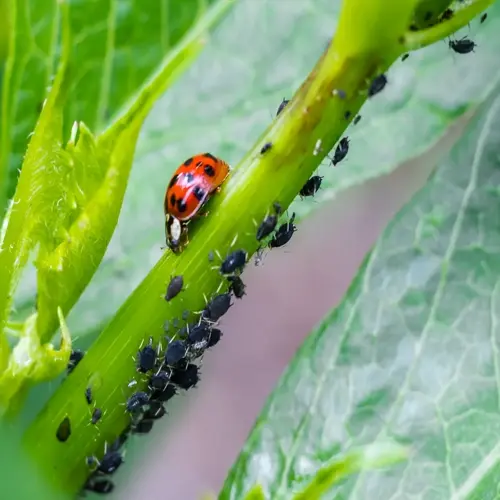How quickly do cover crop benefits appear?

Written by
Tina Carter
Reviewed by
Prof. Samuel Fitzgerald, Ph.D.The benefits of cover crops vary at different rates depending on the specific benefit. Erosion control and weed suppression can begin immediately upon establishment. I have experienced that you can protect the soil in a couple of weeks. In contrast, deeper soil improvements occur over time and through consistent management in subsequent seasons.
Immediate Effects
- Erosion reduction activates with first rainfall
- Weed suppression begins within weeks
- Ground cover forms protective barrier quickly
First Season Gains
- Organic matter increases 15% after single cover crop
- Water infiltration improves significantly
- Beneficial insect populations expand rapidly
Long-Term Improvements
- Yield increases build over multiple seasons
- Soil structure enhancement continues progressively
- Nutrient cycling efficiency grows annually
Erosion control is effective from the very beginning. Cover crop foliage intercepts raindrops, immediately reducing soil splash by 70%. Root systems begin to anchor the soil within weeks. I've observed significant reductions in runoff after heavy storms with the establishment of new cover crops compared to bare fields.
Enhancements to soil structure are progressive. Radish roots create channels after one season, facilitating aeration. Earthworm populations increase by 30% over cycles. I have observed measurable reductions in compaction after just two cover crop rotations in some of my most problematic fields.
Yield increases generally occur following consistent application. Corn experiences gains of 5-15% after the first cover crop cycle. Tomatoes could show a yield increase of 10-24% in the second year. My best results come after season three, when soil biology has fully optimized its function to support cash crops.
Start with rapid-growth plants such as buckwheat for quick visual feedback. Utilize these quick-response plants in conjunction with soil test monitoring feedback. This patience compounds from year to year, adding soil benefits that greatly contribute to productive, resilient land that eventually has decreased needs for inputs.
Read the full article: Cover Cropping Benefits for Sustainable Farming

